Kim Jong Un, who has been missing since April 11, made a grand public entrance with the inauguration of the Sunchon Phosphatic Fertilizer Factory during which he was photographed laughing, smiling, smoking, and waving to crowds, shared the North Korean state media on Friday.
With his reappearance, the North Korean dictator has put to rest all the speculations over his health triggered by the reports of a Chinese team of doctors in North Korea.
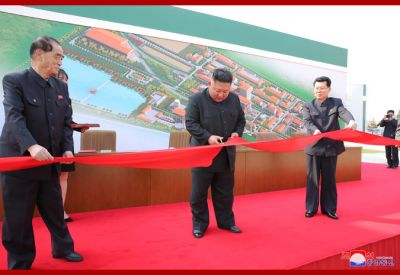
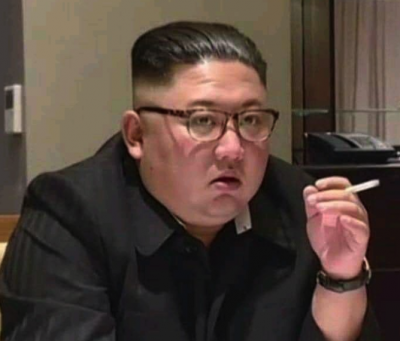

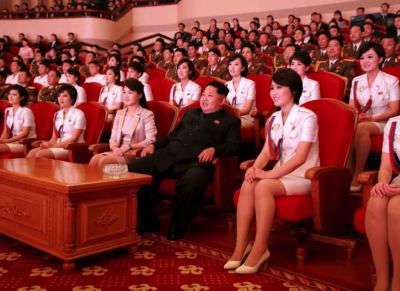
According to the report published in the Korean Central News Agency (KCNA), Kim Jong Un spoke to officials at an event to celebrate Labor Day and inaugurate a fertilizer plant.
"When the Sunchon Phosphatic Fertilizer Manufacturing Plant goes into operation, it will represent a historical development in our country's fertilizer industry, it will be a glorious revolution and a splendid display of our nation's great economic potential, and it will be an uplifting banner that assures us of the achievements of our country's general economic frontline," Kim said, according to the KCNA report.
The report added that Kim "expressed satisfaction about the wonderful creation" and congratulated staff from Kim Chaek University of Technology, "repeatedly stressing that talents are a great source and a motive power of the development of the country."
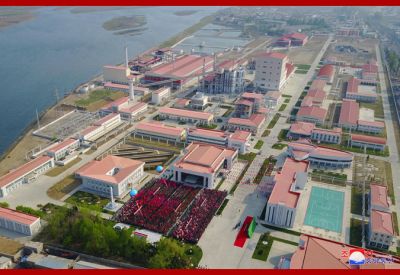





North Korea phosphatic fertilizer factories are front factories making nuclear warheads
After missing for almost three weeks, Kim Jong Un made his public appearance by inaugurating a fertilizer factory. The question is why a fertilizer factory? why is it so significant?
According to a paper by Margaret Croy, who conducts research for the East Asia Nonproliferation Program (EANP) at the James Martin Center for Nonproliferation Studies (CNS) at the Middlebury Institute of International Studies at Monterey (MIIS) - the Democratic People's Republic of Korea (DPRK) has mastered extracting "yellowcake" uranium from phosphoric acid as part of the phosphate fertilizer production process.
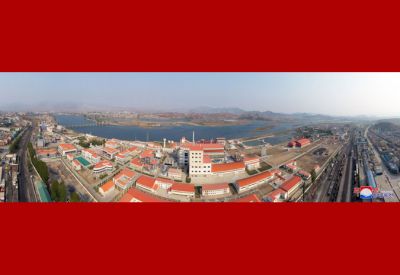




In her paper titled - Dual-Use in the DPRK: Uranium Extraction from Phosphate Fertilizer Factories, Croy observed that North Korea has both "the means and motivation to undertake such work.
"The dual usage of existing infrastructure would both conceal the activity and make it more difficult for international audiences to positively identify and condemn," observed Croy, who uses remote sensing technologies, data analytics tools, and traditional research methods to study North Korean WMD proliferation.
In other words, no international body can assess how much uranium North Korea is extracting or how many nuclear warheads the county is making.









